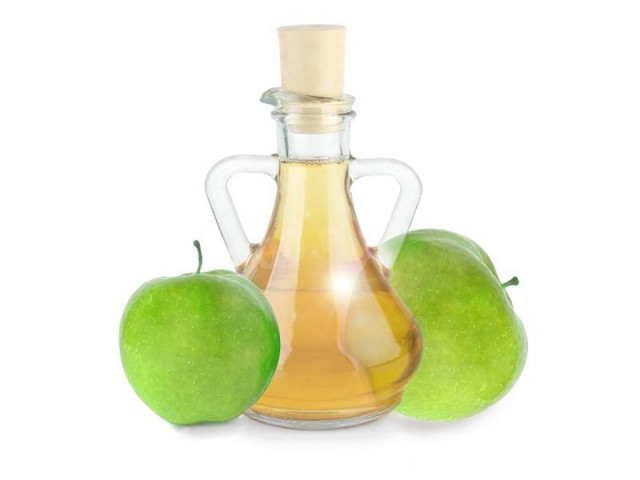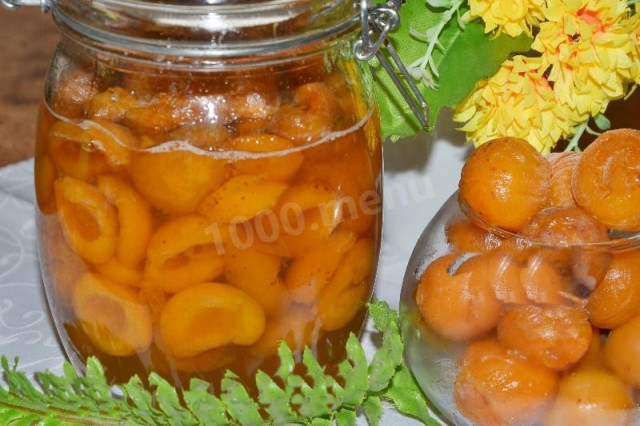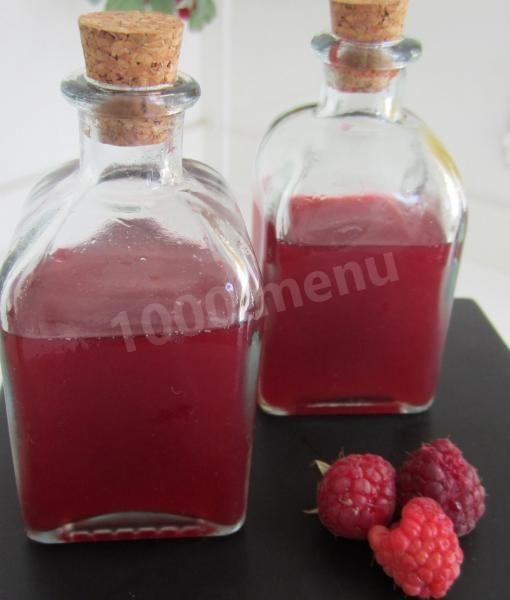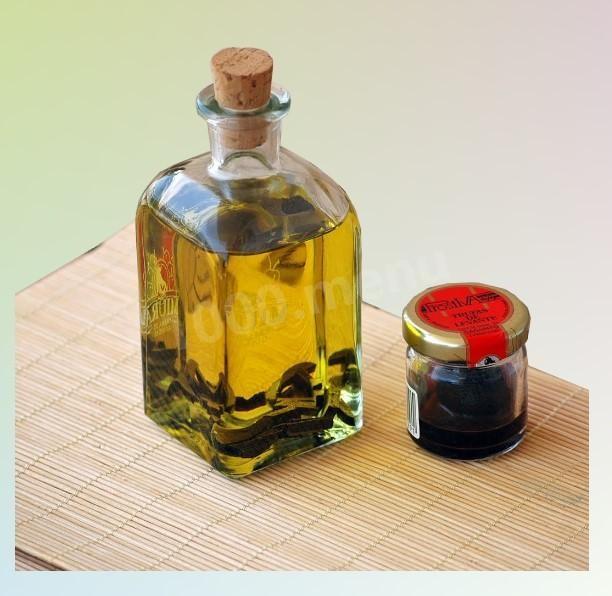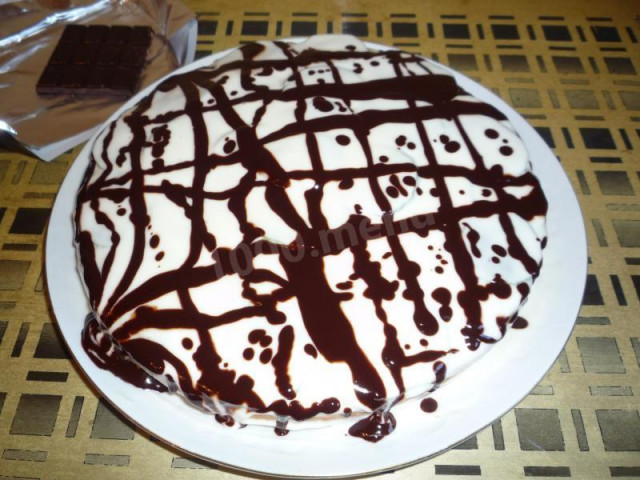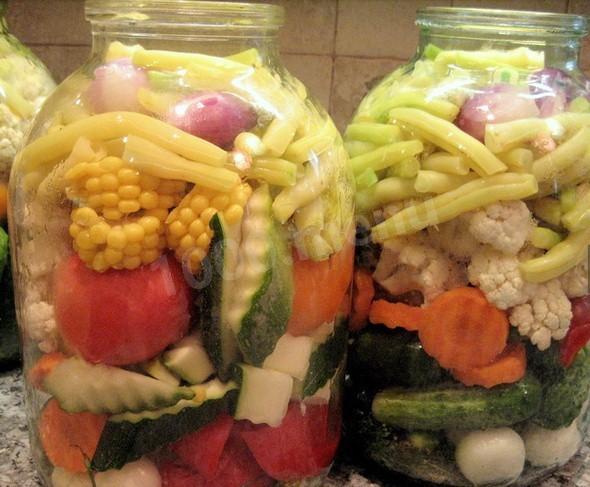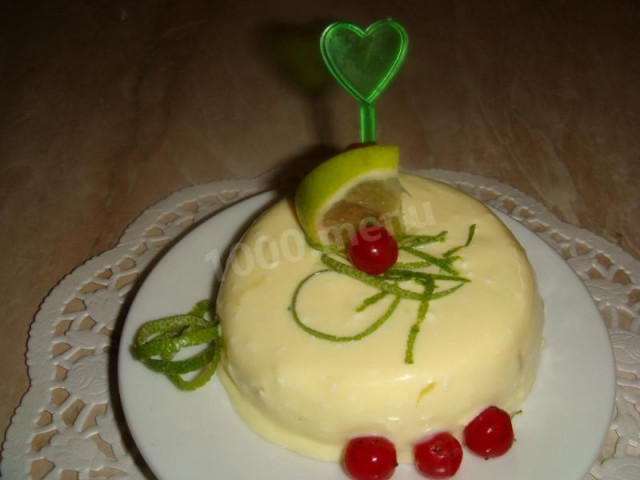Apple cider vinegar recipe
Composition / ingredients
10
Servings:
Cooking method
Vinegar can be made from various fruits or berries. You can also get vinegar from horseradish, parsley, lemon balm, tarragon, garlic, onion, etc. There are different cooking technologies depending on the initial product for making vinegar.
I'll tell you how to make apple cider vinegar.
Taking this vinegar recipe as a basis, you can make it from pears, strawberries and other berries and fruits.
You can take any apples for making vinegar, including damaged or overripe ones.
Apples are thoroughly washed, cut off the damaged areas and crushed.
We put the resulting mass in a container of a suitable size and pour hot water (about 70 degrees). Then add the sugar and, after mixing, put it in a warm place for fermentation for two weeks.
Periodically the fermenting mass should be stirred.
When the time expires, the liquid is filtered out and bottled, leaving a little space in them.
Then after another two weeks repeat the procedure – pour into new bottles without filling them to the end.
Two weeks later, the finished vinegar is bottled and sealed with corks.
For long-term storage, it is recommended to close the bottles with tar and store in a cool place.
Apple cider vinegar is used for making marinades, as well as as a dressing for various salads.
I want to note that any wine, if you do not keep track of its fermentation process, will sooner or later turn into vinegar.
I'll tell you how to make apple cider vinegar.
Taking this vinegar recipe as a basis, you can make it from pears, strawberries and other berries and fruits.
You can take any apples for making vinegar, including damaged or overripe ones.
Apples are thoroughly washed, cut off the damaged areas and crushed.
We put the resulting mass in a container of a suitable size and pour hot water (about 70 degrees). Then add the sugar and, after mixing, put it in a warm place for fermentation for two weeks.
Periodically the fermenting mass should be stirred.
When the time expires, the liquid is filtered out and bottled, leaving a little space in them.
Then after another two weeks repeat the procedure – pour into new bottles without filling them to the end.
Two weeks later, the finished vinegar is bottled and sealed with corks.
For long-term storage, it is recommended to close the bottles with tar and store in a cool place.
Apple cider vinegar is used for making marinades, as well as as a dressing for various salads.
I want to note that any wine, if you do not keep track of its fermentation process, will sooner or later turn into vinegar.
Caloric content of the products possible in the composition of the dish
- Apples - 47 kcal/100g
- Dried apples - 210 kcal/100g
- Canned apple mousse - 61 kcal/100g
- Granulated sugar - 398 kcal/100g
- Sugar - 398 kcal/100g
- Water - 0 kcal/100g

